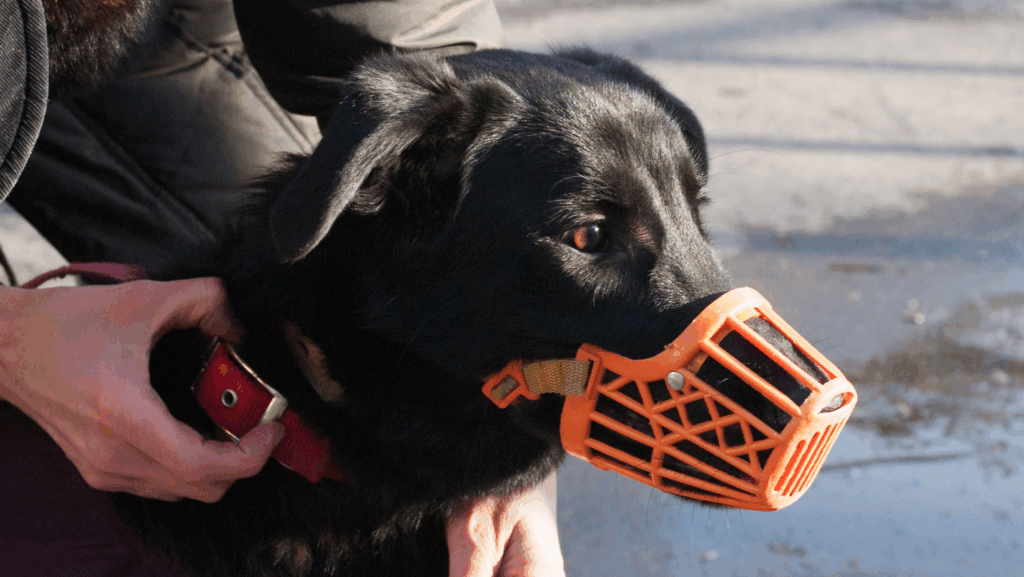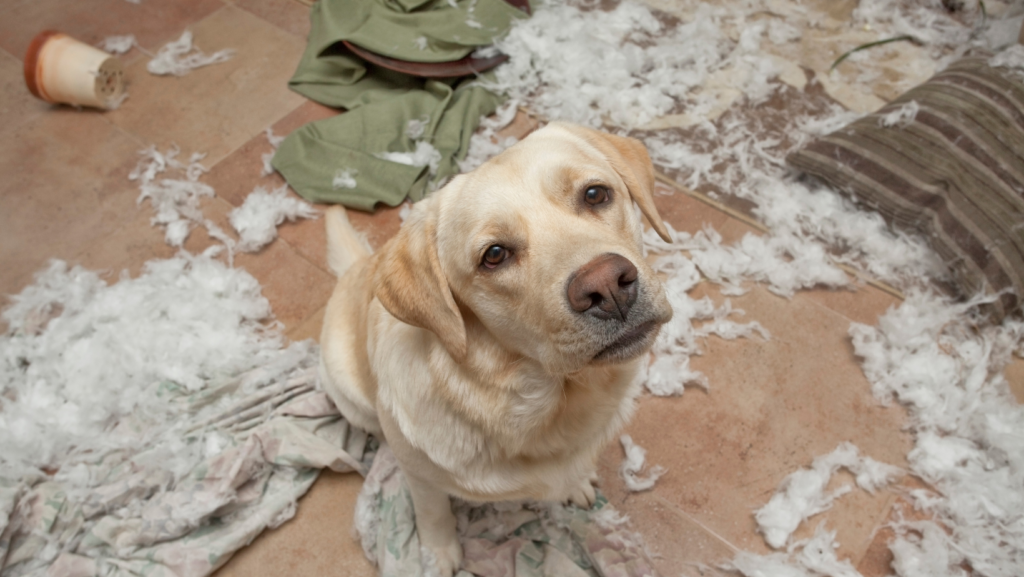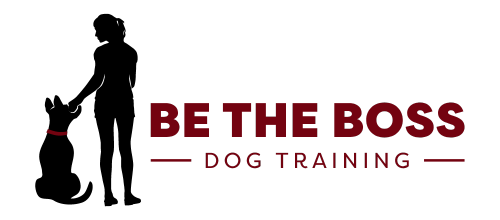So many times I hear clients tell me “He’s really a good dog, but….he nips, jumps, runs away, barks, destroys his crate, lunges at other dogs, etc”. I have to break it to them that their dog is NOT a “good” dog.
Now, before you throw me under the bus, here is what I mean by a “good” dog. A dog that listens to you when you give a command the first time…heck, let’s be generous and say even when you repeat the command a couple times… NO MATTER WHERE YOU ARE.
Not many people fall into this category.
Here is where people get confused. Just because you LOVE your dog…does not make them a good and obedient dog.
EVERY dog deserves to be loved, cared and provided for. EVERY dog deserves a happy home. Don’t get this confused with being a “good” dog.
I guarantee you my German Shepherd was “loved” just as much as any dog out there…and she would try and eat cats and kill other dogs. She was not a “good” dog even though I was in denial and claimed she was.
My boxer mix was just as well loved and he was not a good dog. Giving everyone in my home scratches and bruises from rough play, JUMPING OUT THE CAR WINDOW on the freeway, running away, and breaking out of the crate were some of his specialties.
Just because you LOVE your dog does not mean they get a free pass.
Now my dogs truly are good dogs. And guess who changed? Not my dogs…ME. I had to learn how to love them how THEY needed to be loved. I learned how to talk to them how THEY needed to be talked to.
Stop making excuses for your dog’s bad behavior. Stop arranging your life and your home around their bad habits. Realize that your well-loved dog may not be a “good” dog…and that you have the power to change it!
After all…your dog wants to be a good dog, too.
If you have any questions about how to stop your dog’s bad behavior please contact me here. I’m always happy to chat!
More Tips
Check out our other posts

4 Secrets to Helping Your Reactive Dog Stay Calm Around Triggers
Reactivity isn’t always loud and dramatic—sometimes the biggest breakthroughs happen when nothing happens at all. Calm glances, quiet moments, and subtle check-ins are what retrain your dog’s brain. You don’t need perfection, just consistency and timing. Want to know the 4 secrets that make reactivity training actually work?
👉 Click here to read the full blog!

How do I get my dog to stop pulling on the leash during walks?
Most people think walks are just for exercise—but they’re actually one of the most revealing tools for understanding your dog’s emotional state. From pulling and scanning to total disconnection, your dog’s leash behavior is a mirror of your relationship. In our latest blog series, we dive into how leash pressure communicates safety, why structure calms the nervous system, and how to turn daily walks into powerful rituals of trust—without treats or harsh corrections. If your walks feel more chaotic than connected, this is the reset you and your dog need. 👉 Click here to read the full post and learn how to transform your walks from a struggle into a daily opportunity for emotional healing.

Are Muzzles Cruel?
Most people think muzzles are only for dangerous dogs—but what if that’s completely wrong? What if the tool you’ve been avoiding is actually the one thing that could bring your dog more peace, not less? In this blog, we break down the psychology behind muzzle stigma, how to introduce one the right way, and why it can actually build your dog’s confidence. If you’ve ever felt judged, unsure, or overwhelmed about using a muzzle, this will change how you see everything. Click to read the full post—you’ll never look at this tool the same way again.

How Do I Stop My Dog from Chewing, Digging, or Barking?
Is your dog’s bad behavior actually a cry for help? In this blog, we dig into why chewing, barking, and digging aren’t random acts—they’re signals of a nervous system out of balance. You’ll learn why toys aren’t enough, how affection without leadership creates chaos, and when corrections actually start to heal instead of hurt. If you’ve tried everything and your dog still feels out of control, this might be the missing piece. Read the full post to finally understand what your dog’s behavior is trying to tell you.

